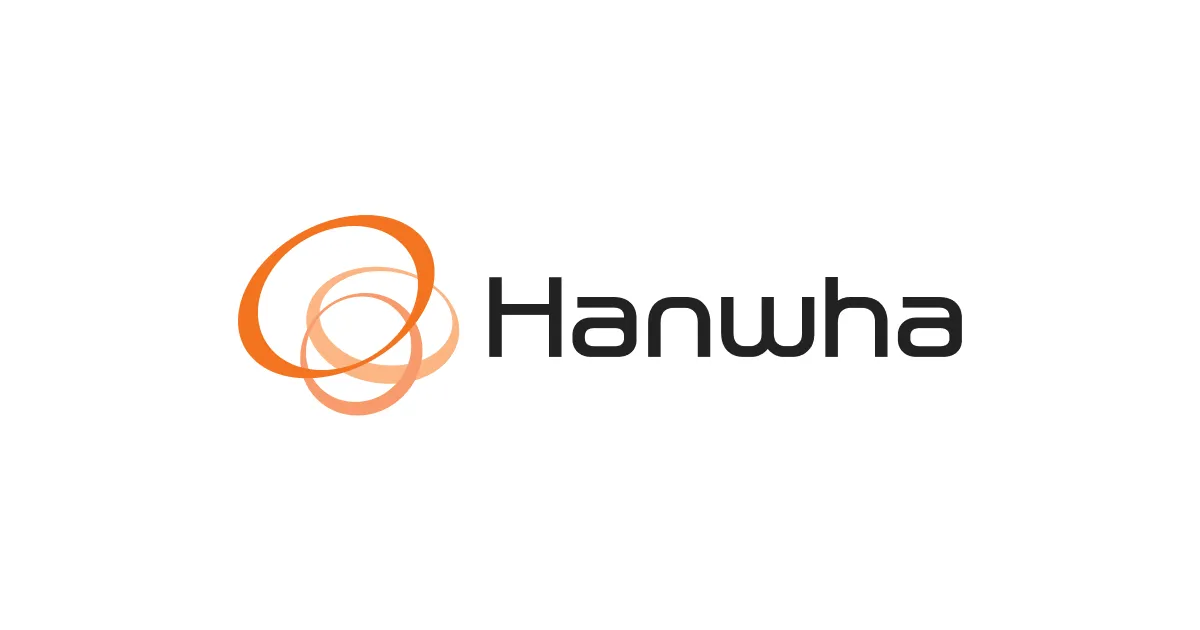
Hanwha Showcases Comprehensive Cradle-to-Retrofit Vessel Solutions at Gastech 2025
As global regulations tighten and alternative fuel pathways gain momentum, the maritime industry faces mounting pressure to modernize its fleet. The International Maritime Organization (IMO) has set ambitious targets to reduce shipping emissions by at least 50% by 2050, with discussions underway for even stricter goals. Achieving these objectives requires a two-pronged approach: building new vessels that are ready for future energy pathways and upgrading the existing fleet to meet evolving environmental and operational standards—all without causing major disruptions to global trade.
However, fleet renewal presents significant challenges. Constructing new vessels involves long lead times, often spanning several years, depending on vessel class, complexity, and shipyard capacity. At the same time, global demand for liquefied natural gas (LNG) continues to grow, with maritime transport accounting for a major portion of energy logistics and carrying over 80% of global trade by volume. In this context, shipowners are increasingly seeking incremental upgrades and mid-life vessel retrofits, leveraging the expertise of companies like Hanwha, to ensure their fleets remain commercially viable while adapting to new regulations.
Hanwha’s Cradle-to-Retrofit Approach at Gastech 2025
Under the theme “Powering a Sustainable Energy Future,” Gastech 2025 brought together over 50,000 policymakers, industry executives, and engineers in Milan to explore cutting-edge technologies and strategies shaping the global energy landscape. While discussions included carbon capture, hydrogen, and AI solutions, the event underscored the critical role of the maritime sector—not only as a key transporter of global fuels but also as a driver for the adoption of alternative energy sources.
At the event, Hanwha unveiled its cradle-to-retrofit strategy, offering a comprehensive suite of lifecycle solutions spanning vessel design, operations, retrofits, and propulsion technologies. This approach aims to extend fleet longevity while providing shipowners with phased, practical pathways to meet regulatory demands and integrate alternative fuels.
1. Design & Construction
New vessel design increasingly faces regulatory and market pressures from the outset. Hanwha addresses this challenge by embedding flexibility into its designs through modular layouts and integrated emissions management systems.
- Smart shipyards leverage digital workflows to optimize construction timelines and enhance quality control.
- Vessels are built with future upgrades in mind, including dual-fuel engines or carbon capture units, minimizing future retrofit costs and downtime.
- In 2025, Hanwha delivered its 200th LNG carrier, demonstrating its capability to produce fuel-flexible, regulation-ready vessels at scale.
2. Operation, Optimization, and Maintenance
With rising fuel costs and stricter compliance standards, operators require solutions that sustain vessel performance throughout long service lifetimes.
- The HS4 smart ship platform enables real-time monitoring, predictive maintenance, and optimized routing to reduce fuel consumption, lower emissions, and prevent costly operational downtime.
- Integrated systems—including Integrated Automation Systems (IAS), Alarm Monitoring Systems (AMS), and Integrated Control & Monitoring Systems (ICMS)—combine navigation, diagnostics, and emissions data to improve operational decision-making and streamline compliance.
- Lifecycle-focused maintenance, repair, and operation (MRO) services help keep vessels safe, updated, and operational. Hanwha’s operations at Geoje Shipyard and the upcoming Hanwha Philly Shipyard expand global repair and retrofit capacity, with numerous vessels already serviced under these programs.
3. Mid-Life Retrofits
Given that fleet renewal often lags behind policy shifts, modular retrofit solutions have become crucial for maintaining compliance and commercial viability.
- Engine and fuel system adaptations, including dual-fuel conversions for LNG, methanol, or ammonia.
- Energy efficiency upgrades such as rotor sails and air lubrication systems.
- Onboard carbon capture systems (OCCS) for high-emission routes.
- Boil-off gas (BOG) re-liquefaction systems to enhance energy utilization and cargo profitability.
- Propeller and hull optimizations for efficiency improvements without major structural changes.
4. Futureproofing
Looking beyond the immediate horizon, vessels will need propulsion systems that go beyond conventional fuels. Hanwha is actively investing in next-generation technologies designed to support zero-emission shipping:
- Ammonia gas turbines, with Approval in Principle (AiP) from the American Bureau of Shipping (ABS), enable zero-emission propulsion without pilot fuel.
- A research collaboration with ABS will advance U.S. maritime cybersecurity standards and shape global regulations.
- The SecuAider platform strengthens cybersecurity, safeguarding increasingly connected fleets from digital threats.
- Immersion-cooled energy storage systems (ESS) offer safer, more compact storage solutions for hybrid and electric vessels, certified by DNV and the Korean Register.
- Hydrogen fuel cells, with AiP from DNV, provide another clean energy option, enhancing fuel diversification and long-term sustainability.
A Total Marine Lifecycle Partner
Hanwha’s comprehensive approach delivers a phased roadmap for shipowners navigating evolving regulations and market demands. Smart design enables flexibility in new builds, MRO services maintain vessel performance over decades, retrofits provide short-term compliance and efficiency gains, and advanced propulsion technologies prepare fleets for a net-zero future. By integrating shipbuilding, propulsion, energy systems, and digital expertise, Hanwha positions itself as a total marine lifecycle partner—offering a practical, strategic pathway to the next generation of sustainable shipping while strengthening global supply chain resilience.




